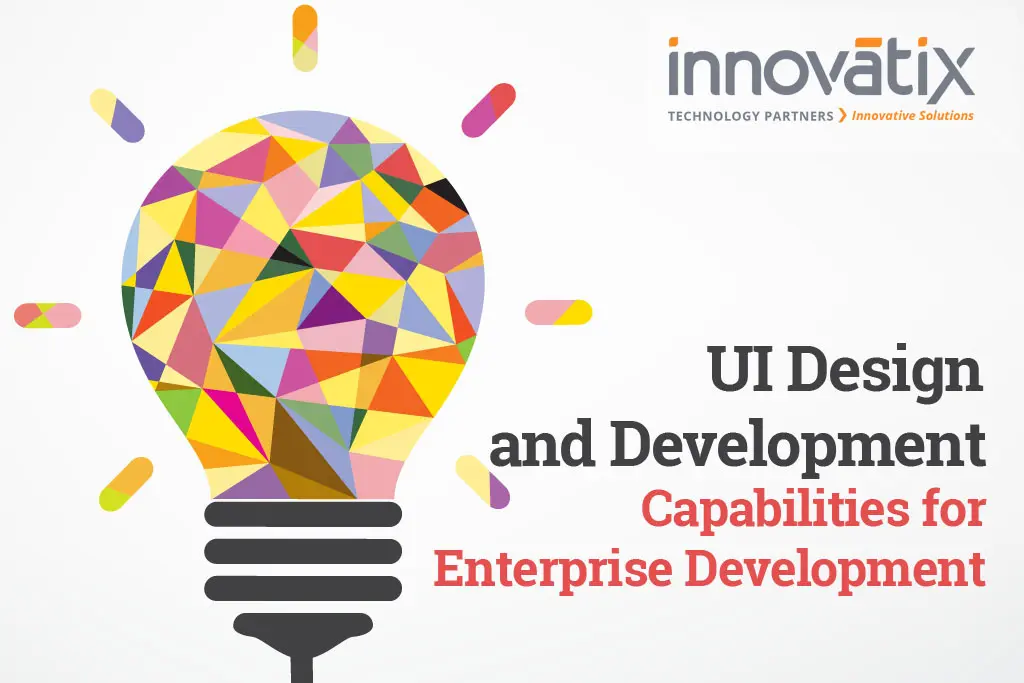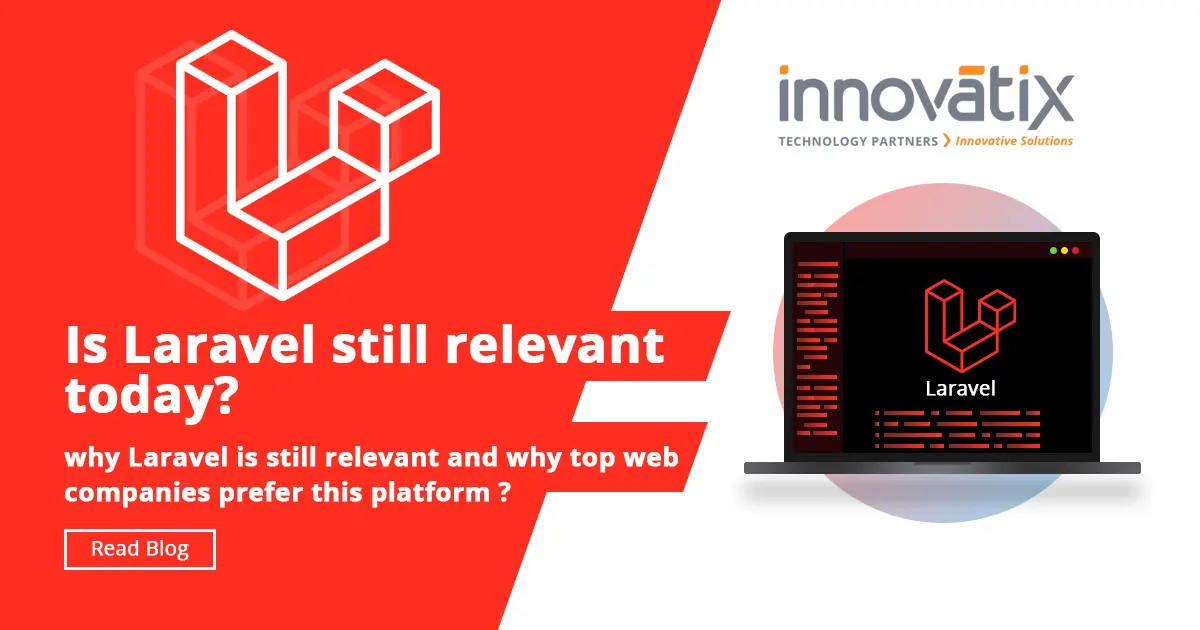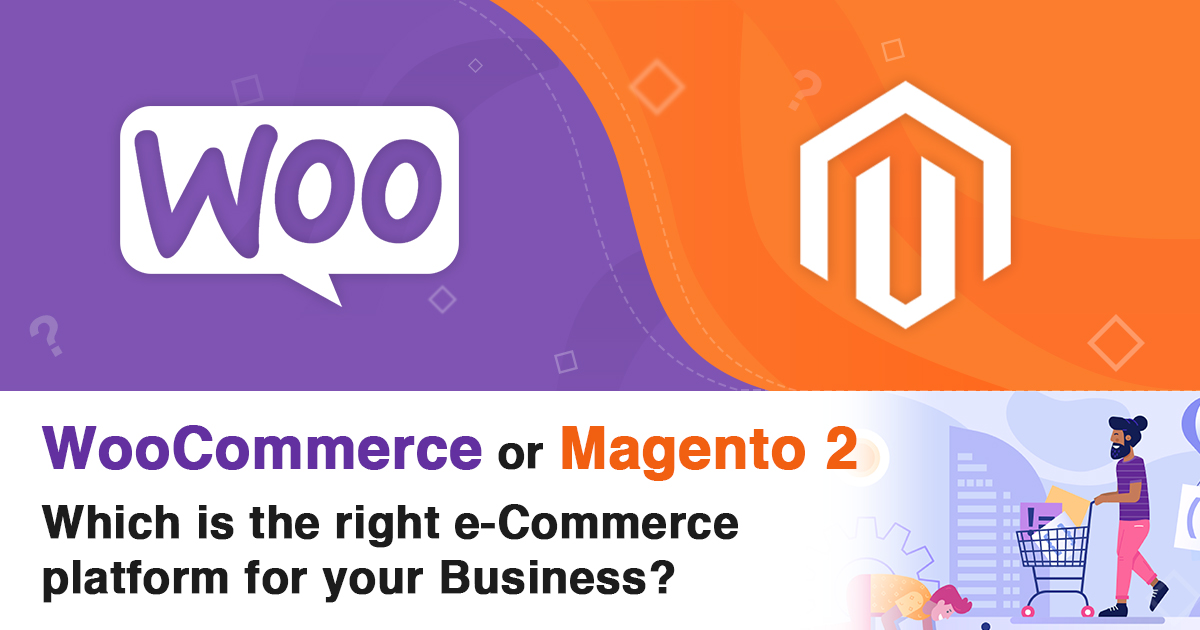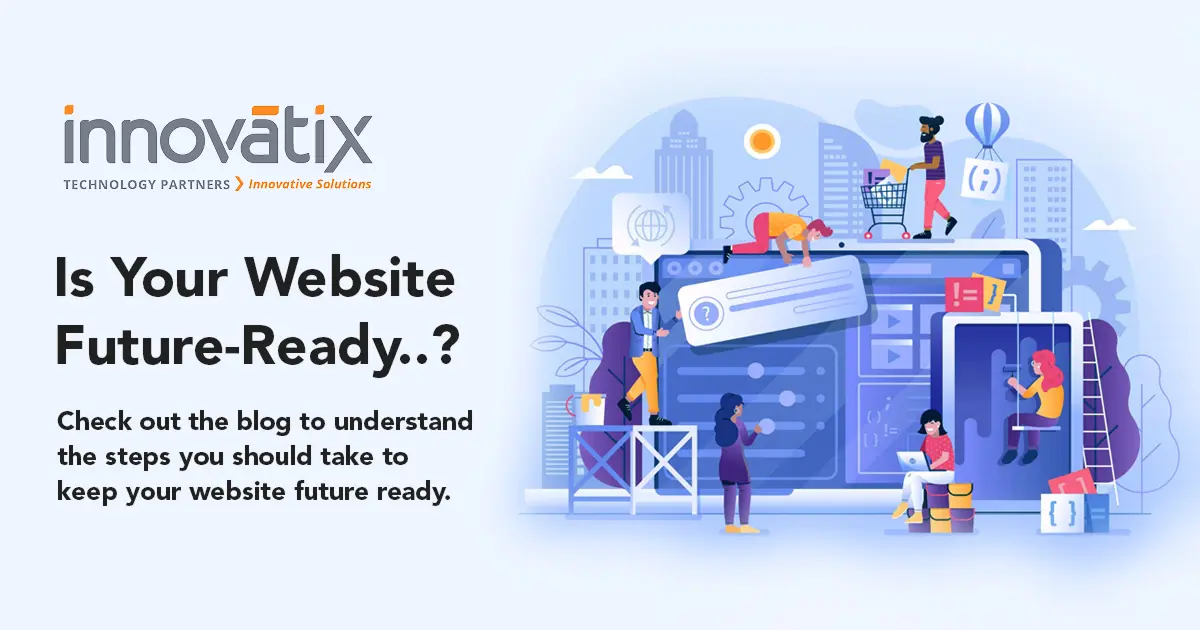UI Design and Development: Capabilities for Enterprise Development
Innovatix’s Future Technology Directions Series: UI / UX This paper provides an overview of Innovatix Technology Partner’s latest UI design, prototyping, and development toolsets for creating compelling and intuitive user interfaces for the enterprise systems we build for our clients. In addition to what our current technology stack looks like, we also describe the new technologies we are now evaluating and moving to, including new capabilities for incorporating interactive and animated UI features. We consider UI design and development to be a leading and integral part of our overall enterprise design and development efforts. The fact is our customers see the new applications we just built for them thru the User Interface first and foremost. Our methods for UI design revolve around ‘design thinking’, that is, we always work closely and intensely with our client’s business users to ensure that the applications we build are exactly what the client needs and wants. For our part in the client-vendor relationship, we emphasize always that the UI needs to be as simple, minimal, and intuitive as possible.[1] Most importantly, our UI designs nowadays must adhere to two new critical design principles: UI design is one of the dimensions in which we can move a client’s business process to a new dramatically more automated level. During the design stage, we don’t only ask the client what the current business processes look like now (which we certainly need to know), but much more importantly, we discuss with the client what the business process could look like if/when it is fully automated. That forms one of the central pillars of all our current enterprise development work efforts and we are expecting that trend to continue to grow going forward. [2] At the other end of smart, it can mean the incorporation of smart algorithms that anticipate a user’s next need and fill in place-holder information for the user to start with. There is no limit to how advanced and productive this type of UI design and development thinking can be, and we feel we are on the leading edge of this type of thinking. Currently, we have about 20-25 separate enterprise development projects ‘in process’.[3] In most all these new app development efforts, effective and intuitive user interfaces form a key part of achieving ‘best in class’ apps. So, in a nutshell, to achieve best-in-class we strongly adopt the principles of ‘design thinking’ with the two major additions noted above. We strive to ensure we embed in our new UI designs the most business process automation possible, and we incorporate as much smartness as possible. On the tech side, we are constantly testing and validating the latest tools available in the marketplace, always looking for ones that provide significantly better functionality or productivity. Once a new tech is selected, we work hard on intensive education and training of our design teams in the new selected technology. Our goal is to make the transition to the new tech as seamless and effective as possible, so we and our customers gain the benefits of the new tech without all the startup problems and hiccups. So read below to see what we are currently doing and the new directions we are moving to. One last point before we dive in. Innovatix’s Enterprise Development line of business is a contract enterprise development shop – clients come to us to enquire about a new system or app that they need to be built, either to replace an existing system or to add new functionality to an existing system. As such, we understand fully that the tools and methods we would like to use may not be the ones used by our clients, and of course, in these cases we will adhere to the client’s final choices. We are versatile in a whole slew of technologies and tools other than the ones in our recommended tech stack. Background This is the first in a series of short technical papers on advances and innovations Innovatix is now pursuing and implementing within each of our five LOBs. This paper relates to our Enterprise Development LOB and highlights the advances in methods and technologies we are making to our UI design, prototyping, and development efforts in support of developing new enterprise applications for our clients. UI Design and Development Technologies Here we describe the toolset we currently use for UI design and the new tools we expect to move into our recommended tech stack before the end of this year. 1. Current Tool Set As shown in the pie chart below, about 50% of our current work is done using the mainstay tool Photoshop, no surprise there. In addition to this, we are using Adobe XD for about 20% of our current work efforts. The third tool, Figma comprises about 30% of our current work efforts, and therein lies our movement to the future. It is expected by end of this year, a much greater percentage of our UI design efforts (probably more than half) will be based on the Figma design toolset. Of course, as noted earlier, this tool mix is directly influenced by our client base. For all new projects, we offer our clients a recommended tech stack that includes the tools for UI design and development.[4] However, in the final analysis, it is up to our clients to approve our recommended tech stack or to substitute their choices. So, while our first choice will be to move as much of our new UI design efforts to Figma, that may not be possible in all new projects. With respect to UI development tools, the right-hand side of the chart above shows the mix of development tools we currently use. There is a broad mix of tools we are currently using and the choices for any particular project are driven in large measure by client expectations and wishes. For work where we have the option to select our tool of choice, it has been the Angular toolset. We are also now doing








